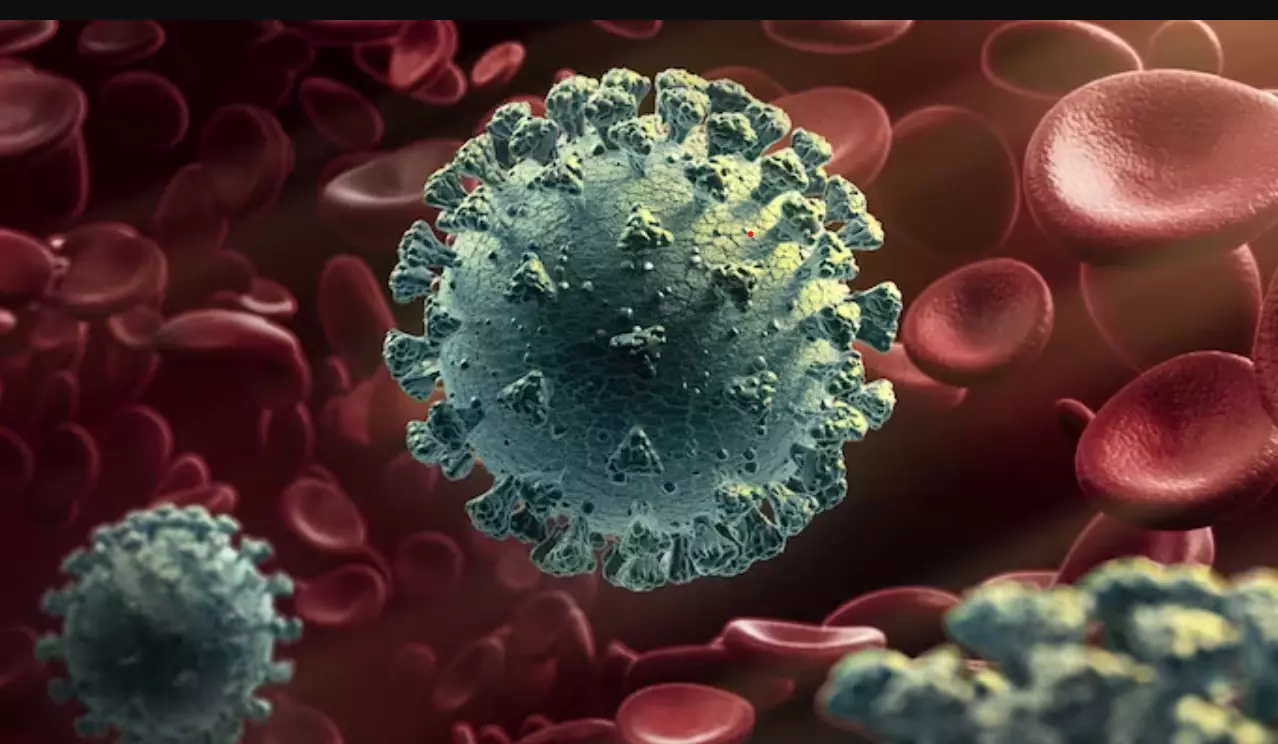Routine resurgence?

The emergence and spread of a new sub-variant of Omicron — JN.1 — is in confirmation with the projections made by the scientific community that the virus will keep rearing its ugly head in new forms over time. Reassuringly, the JN.1 subvariant has been classified as a variant of interest, and not concern — implying that although it has shown some independent traits vis-à-vis its parent lineage BA.2.86, it still has similar impact in terms of transmissibility and fatality. This presumption, however, is based on available facts, and may differ over time. Former WHO Chief Scientist, Soumya Swaminathan, has urged people and authorities to “not take things lightly” as JN.1 infections cannot be dismissed as common cold. The Union Health Ministry has asserted that the sub-variant is “under intense scientific scrutiny but not a cause of immediate concern”. It has further assured that “all JN.1 cases were found to be mild and all of them have recovered without any complications.” However, the Covid cases are on the rise, and so is the composition of JN.1 cases. On Thursday, India registered 594 fresh COVID-19 infections — taking the number of active cases to 2,669. On the following day, i.e., Friday, the country recorded 640 new Covid-19 cases — taking the number of active cases to 2,997. As far as JN.1 cases are concerned, India has thus far recorded 21 cases. Additionally, 3 Covid-related deaths have been reported from Kerala and two from Karnataka. These deaths, however, have not been ascertained to be linked with COVID-19. Notably, the emergence of new variants / sub-variants and resultant fluctuations in caseloads has become a routine phenomenon. It is highly imperative that humans keep modifying their lifestyles in accordance with these broader changes. Since the WHO, the CDC and national health authorities have not yet termed the spread of JN.1 to be alarming, ruling out the urge for any extraordinary measures, there is a need to adhere to standard Covid safety protocols. Practicing good hygiene, including frequent handwashing with soap or sanitizer, and avoiding touching the face, are fundamental preventive measures. Wearing masks in crowded or enclosed spaces adds an extra layer of protection. Regular cleaning and disinfection of frequently-touched surfaces contribute to minimizing surface transmission. Furthermore, there is a need to identify and ensure the safety of vulnerable populations. Amid the mild effect of COVID-19 resurgence, while our actions may not impact us much, they’ll certainly pose a threat to vulnerable people in our vicinity. Even if a person recovers from COVID-19 infection without much difficulty, he/she can still be at risk of long Covid complications and other ailments. In an interview given to NDTV, Soumya Swaminathan asserted that “people who have suffered from Covid and, particularly those who have repeat infections, are more likely to get, for example, heart attacks, strokes, diabetes, dementia, depression, mental health problems, prolonged fatigue and muscle pain.” Clearly, Covid-related precautions are important not just to avoid fatalities, but also to limit such post-recovery ailments. Awareness among the public is certainly the most important factor to curb the spread of newer sub variants of omicron. However, it is not sufficient by itself. It is heartening to see health officials springing into action in the wake of Covid cases’ resurgence. In the affected states, all patients with influenza-like illness (ILI) and severe acute respiratory infections (SARI) are being tested for COVID-19. Furthermore, there is a need for consistent focus on genome sequencing. As a sophisticated molecular biology technique, genome sequencing plays a pivotal role in understanding and combating COVID-19. Genome sequencing is crucial in surveillance efforts, enabling scientists to monitor changes in the virus's genetic makeup, assess its transmissibility, and evaluate potential impacts on diagnostic tools and vaccine efficacy. The continuous genomic surveillance of SARS-CoV-2 is crucial for staying ahead of the virus and adapting strategies to effectively control its spread. Overall, there is a need to be thorough in preparations, while avoiding panic.



